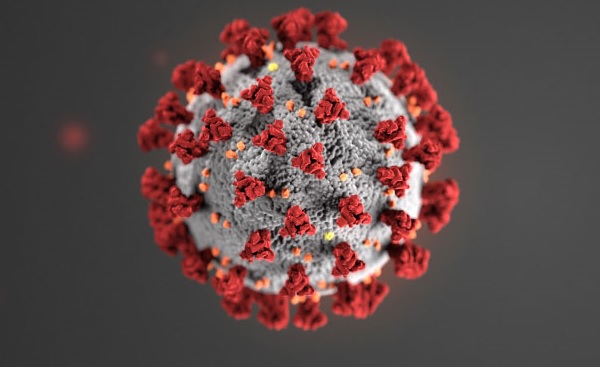
Luxembourg's Ministry of Health and the Ministry of Education, Children and Youth, together with the National Health Laboratory (Laboratoire National de Santé - LNS) and the Luxembourg Institute of Science and Technology (LIST), have issued a COVID-19 report for the period from 25 April to 1 May 2022.
During the week in question, the number of people testing positive for COVID-19 decreased from 4,311 to 3,641 (down 16%). Among these new infections, the incidence rate was 790 per 100,000 unvaccinated people and 2,851 per 100,000 fully vaccinated people.
In hopsitals, there were fourteen new admissions of confirmed COVID-19 patients in normal care, down from 24 the previous week. In intensive care, the number of occupied beds increased from one to two. The average age of hospitalised patients was 60 years.
The number of PCR tests performed during the week of 11 to 17 April 2022 decreased from 12,911 to 12,847. 78 people reported a positive rapid antigen test for the reference week, compared to 58 during the previous week, bringing the number of positive results following a certified rapid antigen test (carried out by a healthcare professional) to a total of 2,893. Note that positive rapid antigen tests are not taken into account in the calculation of the positivity rate.
As of 1 May 2022, the number of active COVID-19 infections decreased to 8,256 (from 10,010 on 24 April 2022) and the number of people having recovered from the illness rose to 224,593 (from 224,204). The average age of people diagnosed with COVID-19 was 39.1 years old.
Six new deaths related to COVID-19 were reported during the reference week. The average age of the deceased was 84 years old.
Positivity rate & incidence rate
During the week in question, the effective reproduction rate (RT eff) decreased to 0.82 (from 0.89 the previous week) and the positivity rate on all tests carried out decreased from 33.39% to 28.34%.
The incidence rate decreased to 564 cases per 100,000 people over seven days, down from 668 cases per 100,000 people the previous week.
Reinfections as well as certified self-tests were included in the calculation of incidence rates. Compared to the previous week, the incidence rate decreased across all age groups. The greatest decrease was recorded among over 30-44 year olds (down 22%). The lowest incidence rate was recorded among 60-74 year olds (434 cases per 100,000 inhabitants) whilst the highest incidence rate was recorded among 30-44 year olds (759 cases per 100,000 inhabitants).
Transmission
With the number of cases remaining high, it is difficult to follow up every case and to determine the probable source of infection. Of the 4,287 resident cases recorded during the week of 25 April to 1 May 2022, only cases called with a result date of 25 to 27 April and 30 April to 1 may have been reviewed and the source has been determined.
A total of 2,154 case calls were reviewed and the source was determined.
The family circle was the most frequent source of infection (32%) followed by travel abroad (10%), leisure activities (7%), the workplace (7%) and the help and care sector (7%). The share of undetermined sources decreased to 26%.
Vaccinations: update
For the week of 25 April to 1 May 2022, a total of 2,067 vaccine doses were administered. 46 people received a first dose, 139 received a second dose, 536 people received a first complementary dose (in addition to a full vaccinations schedule) and 1,346 received a second complementary dose, bringing the total number of vaccines administered as of 2 May 2022 to 1,279,644.
473,070 people have been fully vaccinated, which corresponds to a vaccination rate of 78.7% of the eligible population (i.e. those aged five and over).








